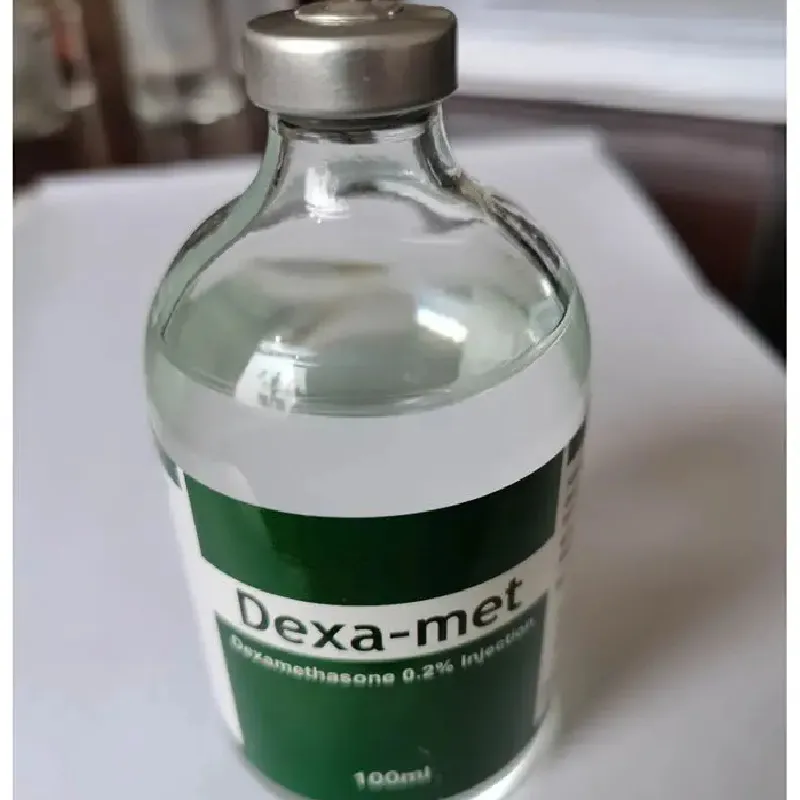- Afrikaans
- Albanian
- Amharic
- Arabic
- Armenian
- Azerbaijani
- Basque
- Belarusian
- Bengali
- Bosnian
- Bulgarian
- Catalan
- Cebuano
- Corsican
- Croatian
- Czech
- Danish
- Dutch
- English
- Esperanto
- Estonian
- Finnish
- French
- Frisian
- Galician
- Georgian
- German
- Greek
- Gujarati
- Haitian Creole
- hausa
- hawaiian
- Hebrew
- Hindi
- Miao
- Hungarian
- Icelandic
- igbo
- Indonesian
- irish
- Italian
- Japanese
- Javanese
- Kannada
- kazakh
- Khmer
- Rwandese
- Korean
- Kurdish
- Kyrgyz
- Lao
- Latin
- Latvian
- Lithuanian
- Luxembourgish
- Macedonian
- Malgashi
- Malay
- Malayalam
- Maltese
- Maori
- Marathi
- Mongolian
- Myanmar
- Nepali
- Norwegian
- Norwegian
- Occitan
- Pashto
- Persian
- Polish
- Portuguese
- Punjabi
- Romanian
- Russian
- Samoan
- Scottish Gaelic
- Serbian
- Sesotho
- Shona
- Sindhi
- Sinhala
- Slovak
- Slovenian
- Somali
- Spanish
- Sundanese
- Swahili
- Swedish
- Tagalog
- Tajik
- Tamil
- Tatar
- Telugu
- Thai
- Turkish
- Turkmen
- Ukrainian
- Urdu
- Uighur
- Uzbek
- Vietnamese
- Welsh
- Bantu
- Yiddish
- Yoruba
- Zulu
Nov . 06, 2024 08:58 Back to list
Enrofloxacin Injection Dosage Guidelines for Canine Health Management
Enrofloxacin Injection Dosage for Dogs A Comprehensive Guide
Enrofloxacin is a broad-spectrum antibiotic belonging to the fluoroquinolone class, commonly used in veterinary medicine to treat a variety of bacterial infections in dogs. Its effectiveness against gram-negative and some gram-positive bacteria has made it a go-to choice for veterinarians dealing with complicated infections. Understanding the appropriate dosage and administration of enrofloxacin is crucial for pet owners and veterinary professionals alike, as improper use can lead to resistance, adverse effects, or treatment failure.
Mechanism of Action
Enrofloxacin works by inhibiting bacterial DNA gyrase, an essential enzyme that plays a crucial role in DNA replication and transcription. By disrupting this process, enrofloxacin effectively inhibits bacterial growth and replication, making it an ideal choice for treating infections such as urinary tract infections, skin infections, and respiratory illnesses.
Dosage Guidelines
When it comes to administering enrofloxacin via injection, the dosage can vary depending on several factors, including the dog's weight, age, the severity of the infection, and the specific type of bacteria causing the illness. Generally, the recommended dosage of enrofloxacin for dogs is 5 to 20 mg per kg of body weight, given once daily. However, your veterinarian may adjust this dosage based on individual needs.
- Mild to Moderate Infections For uncomplicated infections, a dosage of around 5-10 mg/kg is often sufficient. - Severe Infections In cases of more severe infections, a higher dosage of up to 20 mg/kg may be warranted.
It is important to note that the injection may be administered subcutaneously, intramuscularly, or intravenously, depending on the specific protocol outlined by a veterinarian.
Considerations and Precautions
Before administering enrofloxacin, it is essential to conduct a thorough examination of the dog. Some factors to consider include
1. Age and Weight Younger dogs and puppies may be more sensitive to fluoroquinolones due to their developing cartilage, which can result in articular damage. Therefore, enrofloxacin is typically not recommended for dogs younger than 12 months, particularly large-breed dogs.
enrofloxacin injection dosage for dogs

3. Other Medications Always inform your veterinarian of any other medications your dog is taking, as enrofloxacin can interact with certain drugs, including antacids and other antibiotics.
4. Reproductive Status Use of enrofloxacin in pregnant or lactating dogs warrants special consideration and should only be used if absolutely necessary and prescribed by a veterinarian.
Administration Techniques
For optimal results, it is essential to follow the veterinary prescription closely. When administering enrofloxacin via injection, consider the following tips
1. Prepare the Injection Site Ensure the injection site is clean and disinfected to minimize the risk of infection.
2. Use Proper Technique If administering the injection yourself, carefully follow your veterinarian's instructions to ensure the injection is delivered correctly.
3. Monitor for Reactions After administration, observe your dog for any adverse reactions, including swelling at the injection site, gastrointestinal upset, or neurological signs. If any severe reactions occur, seek veterinary advice immediately.
4. Follow-Up Care Regular follow-ups with your veterinarian are crucial to monitor your dog’s progress and adjust treatment as necessary.
Conclusion
Enrofloxacin injection can be a powerful tool in the treatment of bacterial infections in dogs when used responsibly and administered correctly. Pet owners should work closely with their veterinarians to ensure the safe and effective use of this medication, adhering strictly to dosage guidelines and monitoring for any adverse effects. By following these guidelines, you can contribute to your dog's recovery while minimizing the risk of complications associated with antibiotic use. Always remember that informed decisions lead to happier, healthier pets.
-
Guide to Oxytetracycline Injection
NewsMar.27,2025
-
Guide to Colistin Sulphate
NewsMar.27,2025
-
Gentamicin Sulfate: Uses, Price, And Key Information
NewsMar.27,2025
-
Enrofloxacin Injection: Uses, Price, And Supplier Information
NewsMar.27,2025
-
Dexamethasone Sodium Phosphate Injection: Uses, Price, And Key Information
NewsMar.27,2025
-
Albendazole Tablet: Uses, Dosage, Cost, And Key Information
NewsMar.27,2025













